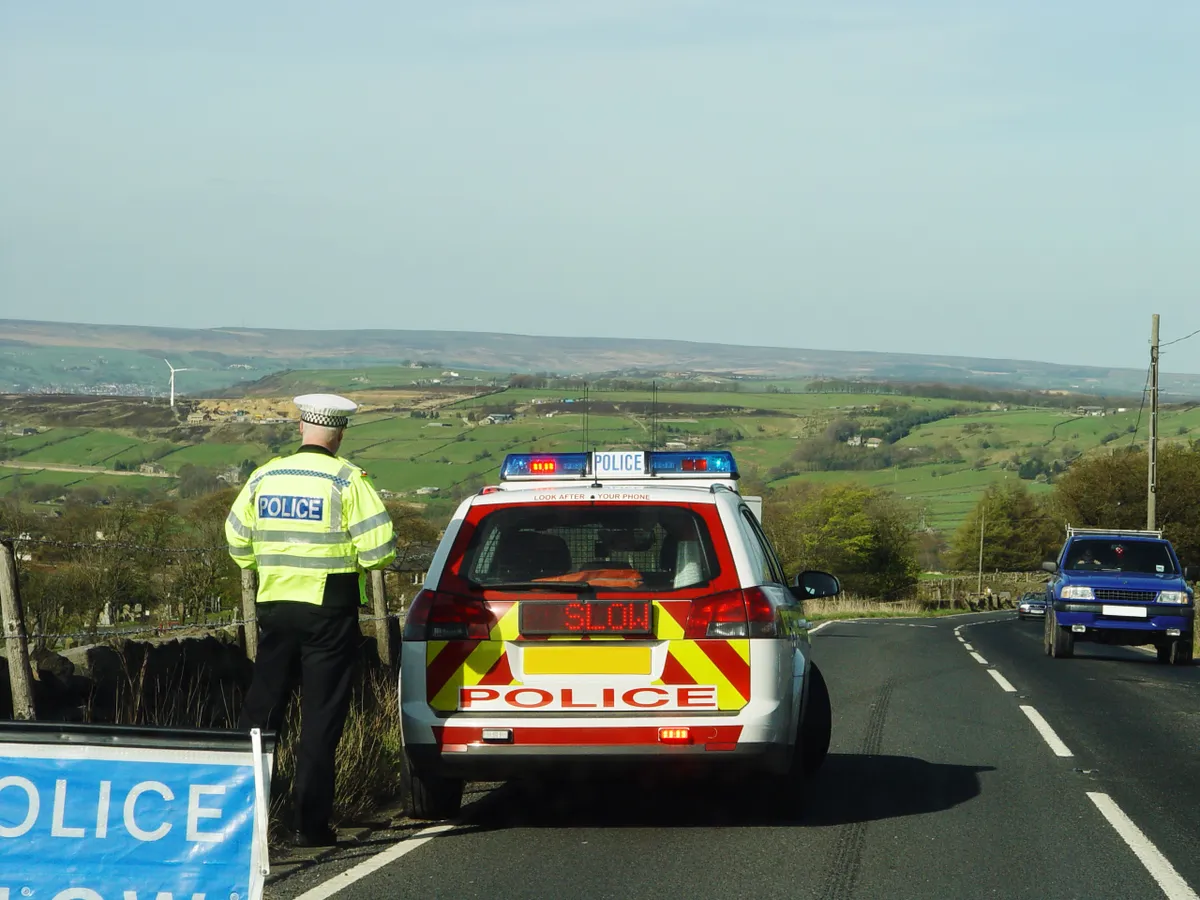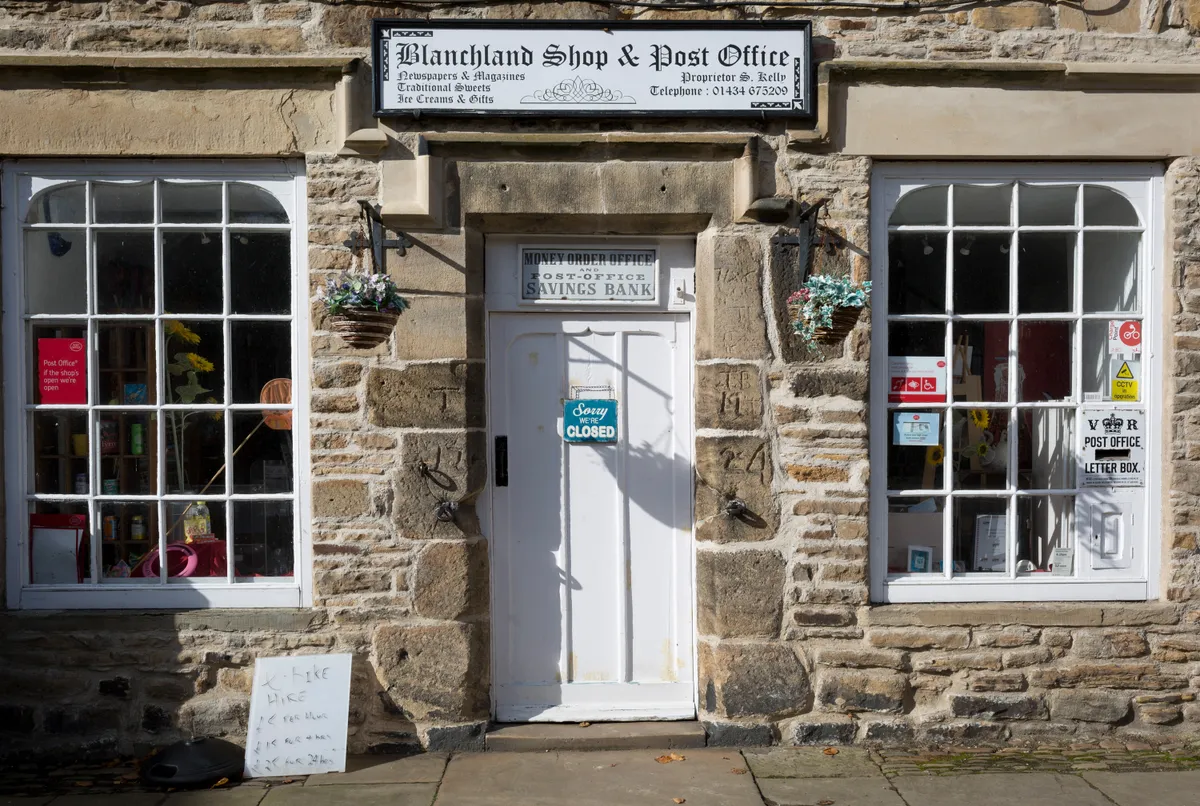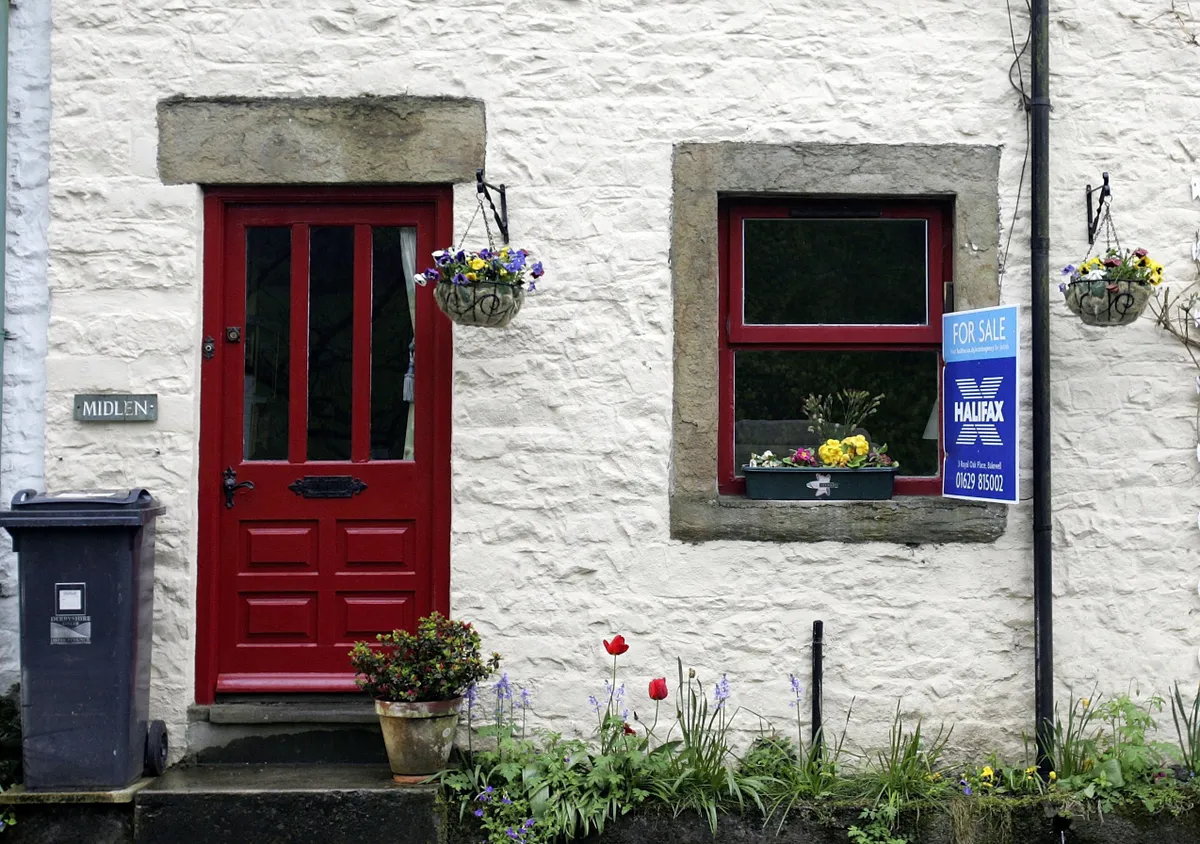A loss of public services is isolating rural communities, we investigate the problem.
What is the problem?
Key services for many rural communities – from local policing to public transport and ATMs – have been cut relentlessly over the past eight years. Village shops, pubs and rural town high streets are also struggling to survive in the face of online competition and out-of-town superstores. The employment picture is no more optimistic, with fewer agricultural jobs available as the farming sector continues to switch to automation.
Public transport
Local authority bus budgets in England and Wales were cut by £20.5m in 2017/2018 and the number of bus journeys has dropped by 10% since 2008, according to Campaign for Better Transport. More than 3,300 bus routes in England and Wales have been reduced or withdrawn since 2010. “The lack of affordable public transport…stops people getting access to training and jobs,” says Stephen Joseph, former chief executive for Campaign for Better Transport. “It makes access to healthy food in shops more difficult. Cuts in bus services add to poverty and social exclusion, and to isolation and loneliness.”

Broadband
Up to 50% of rural homes – around 1.5 million properties – are unable to get broadband speeds of 10 megabits per second (mbps) or higher, according to Ofcom. Government data shows average rural broadband speeds are around 5mbps, compared with 25mbps or higher in most cities.
Policing
As reported in our January issue, rural crime is at an all-time high. Almost 70% of farmers and rural-specific business owners have been victims of crime in the past 12 months. Rural crime cost the UK £44.5m in 2017 – an increase of 13.4% on the previous year.

Bank and ATM closures
Analysis by Which? shows almost two-thirds of bank branches have closed over the past 30 years; 19% of people live almost two miles from their nearest bank. In January 2019, Royal Bank of Scotland began closing 216 branches across the UK, with the loss of 1,050 jobs. Also, 300 free-to-use cash machines are closing every month. Independent operators, who manage ATMs in many rural stores, say cashpoints are increasingly unprofitable.
Automation of agriculture
Agriculture is one of the sectors most likely to be affected by automation, according to a report by the Organisation for Economic Cooperation and Development. UK agriculture currently supports around 400,000 direct jobs – from farmers to seasonal crop pickers and landscape management – but this number is dropping as robotic systems increasingly harvest crops and fruits. Driverless tractors are being developed that can plant and gather crops, while precision spraying by drones and robots is another area where human labour is set to be replaced.

Shop closures
Around 400 commercial village shops close each year, according to the Plunkett Foundation, which supports rural businesses. The internet has both positive and negative aspects for the rural economy. Businesses desperately require fast broadband to compete and operate routine tasks, while rural residents can now go online to easily buy goods not available locally. At the same time, village shops and high streets are undercut by online services with lower overheads.

House prices
The lack of new affordable housing is driving young families and working-age people out of rural areas, according to the National Housing Federation (NHF). The cheapest rural homes are 8.3 times the income of typical first-time buyers, much higher than in urban areas. The NHF says this reinforces the trend for diminishing village populations and services: almost half of households in rural areas are predicted to be aged 65 or over by 2039.
£44,454 is the average extra cost of a rural property compared with urban areas
Halifax Rural Housing Review
How rural communities are fighting back
Case study: Seaview Community Shop, Isle of Wight
The coastal village of Seaview on the Isle of Wight is a delightful place for a holiday. The problem is this seasonal popularity has almost proved its undoing, with many houses now second homes that stand empty for much of the year. Over time, three banks, a butcher and a bakery have all closed. Early in 2018, a community shop opened, selling island produce – cheeses, meat and jam – as well as general grocery items.
“We realised that if we were going to maintain the village then we needed a village shop,” says the shop’s Becky Hardie. “More people live in the village than you think. That became pretty obvious because, once we opened, they started to come in for their pints of milk.”
What can I do?
If you are interested in keeping a rural shop or pub open, or putting the building to another purpose, contact the Plunkett Foundation (plunkett.co.uk) and Pub is the Hub (pubisthehub.org.uk) which offer support and advice on grants.
Find further information at gov.uk/government/get-involved/take-part/take-over-a-local-pub-shop-or-green-space-for-the-community

